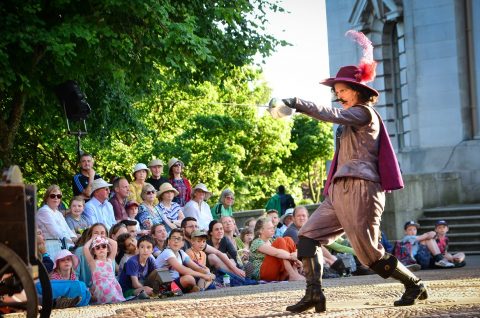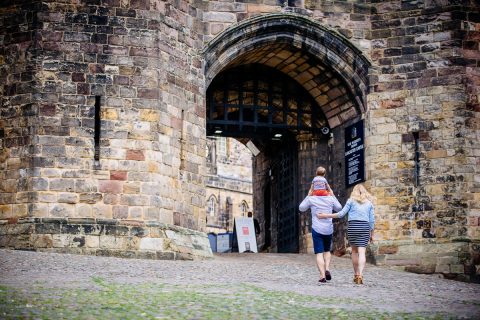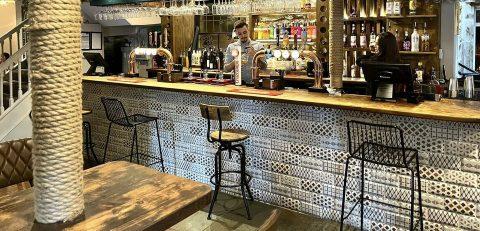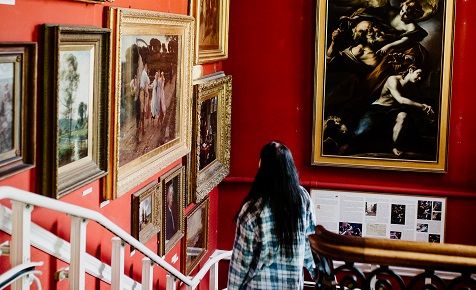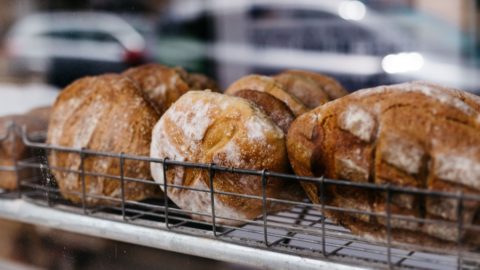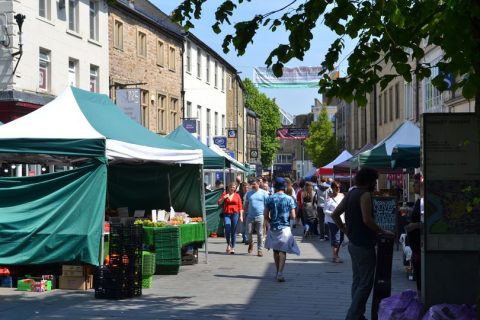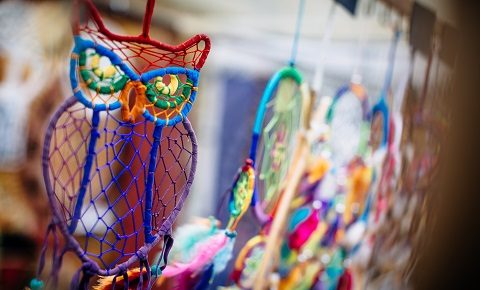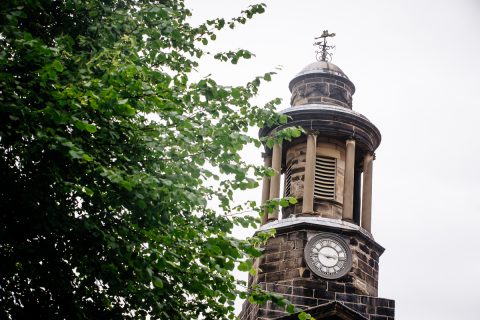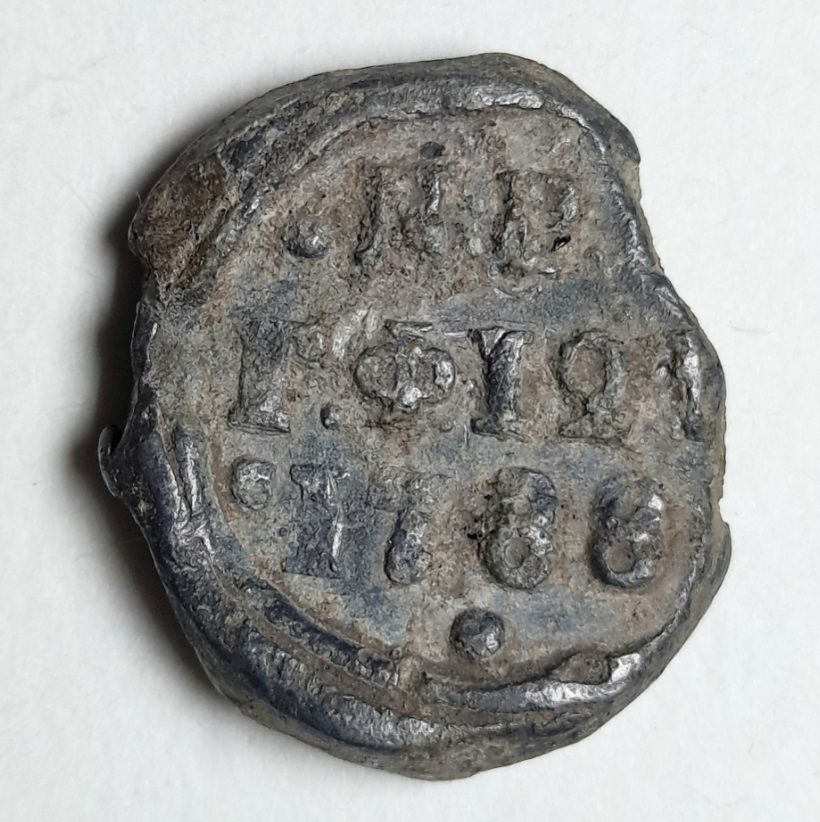Lead Seals & the Baltic Flax Trade
In a quiet corner of Lancaster Maritime Museum, a small selection of lead seals is on display. You’d be forgiven for overlooking them, but these mundane objects hide a surprising history.
| The seals are about the size of a twenty pence piece at most. Information on the display reveals they came from bales of flax imported from Russia in the late 18th and early 19th centuries and most likely handled here in the Lancaster Custom House on St George’s Quay. The seals were attached by Russian inspectors to show the flax had been examined and taxed before export, and each one is stamped with the date and place of inspection. Viewing the lead seals raises a few questions… |  |
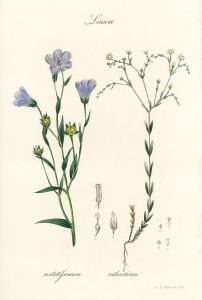 From ‘Medical Botany’ (1836) by J Stephenson and JM Churchill. | WHAT IS FLAX?Flax or linseed is a flowering plant from the Linaceae family (Linum usitatissium). The description usitatissium means ‘most useful’. Flax has been used in the production of linen textiles for thousands of years. The Egyptians embalmed mummies with it. The Romans used it for their sails when expanding their empire. In England it was also used for sailmaking, which became a crucial industry in the 1700s as maritime trade with the rest of the world developed. Growing flax requires little in the way of fertilizers or pesticides, and the plant can reach a height of 15cm just eight weeks after sowing. In ideal conditions flax is generally harvested after a hundred days, when it’s about a metre high. |
HOW IS IT PROCESSED?
In the 18th century, flax was harvested and dressed (processed) manually. It was a complex and labour-intensive operation with many steps.
|  ‘Breaking Flax’ by Jean-François Millet (1814-1875). |
The better fibres were then woven into fine linen fabric, lace or damask. The second-best fibres could be used for twine and rope and the third-best fibres went to make rough canvas, webbing and sails.
HOW WAS LANCASTER INVOLVED IN THE FLAX INDUSTRY?
Sailmaking was the main use for flax in our area. In the 18th century Lancaster was a major port and a centre for shipbuilding. Brockbanks alone, the town’s largest shipyard, produced 127 ships between 1763 and 1817. More were constructed at other smaller yards. Ships visiting the port needed regular refitting too, so sails and ropes were much in demand.
Sailcloth manufacturers in this period often imported their own flax or had close links with those who did. Margaret Robinson’s book, ‘Lancaster’s Sail-Cloth Trade in the Eighteenth Century’, gives us several examples of these businesses:
- Richard Edmondson of Lancaster was described as a sailcloth manufacturer in 1779, a flax-man in 1770 and earlier, a flax-dresser in 1764. He owned a factory on Moor Lane in Leonardsgate, Lancaster. Edmondson went on to form a business partnership with a friend, Robert Inman, who was an established specialist Baltic Merchant in Lancaster, dealing with imports of Baltic wood and later flax.
- Joseph Bell started a business as a flax-man in 1751/2. He had a weaving shed in Back Lane (now King Street). Bell died in 1762 whereupon his wife Rebecca took on the business. Records show she worked from a base in Pudding Lane (now the lower end of Penny Street).
- In 1775, Manufacturers Dilworth & Morrison were listed as producing sailcloth and twine (also from flax). They operated a mill on Moor Lane.
- Over in Skerton, John Kendal ran another business making sails. Robinson’s research involved scouring old insurance valuations, including one for John Kendal’s business. The valuations of equipment in the Skerton warehouse list several pieces of equipment: 14 weaving looms, several starching frames, a double screw packing press, a warping mill and calenders (machines used for finishing the surface of sails). All together this list makes it sound like a large and important enterprise. Robinson also found documents which prove that John’s wife went on to run the business after he died and right up until 1787. Women, it seems, were as involved in the production of sails from flax as were men.
This is just a small sample of the many flax-related businesses operating in Lancaster during the port’s heyday. The sheer number suggests that sailmaking (and ropemaking) from flax was a lucrative business, and there was probably fierce competition between firms.
Demand for sails came not only from the larger ships that sailed to the West Indies from St George’s Quay (used in the Atlantic Slave Trade) but also from the smaller vessels which distributed imported goods along the North West coast. Sailcloth was even exported from Lancaster to ports in the West Indies and to the local ports of Ulverston, Whitehaven and Liverpool, where ship building and maritime trade were thriving.
With this level of industry, a steady supply of flax was crucial to the port of Lancaster. In the mid to late 1700s the Custom House on St George’s Quay must have handled a huge number of bales of flax from the Baltic, and every one with a lead seal.
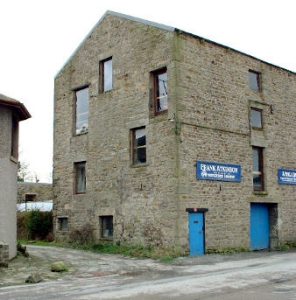 The last remnant of the mill complex at High Bentham. Ged Dodd, Peace Havens Project. | Ged Dodd’s Peace Havens project traces the path of imported flax and its seals after it arrived in Lancaster. Some was taken by horse and cart to the nearby mills. During processing the lead seals were often discarded along with the unwanted pith and straw. This organic waste was then collected for use as fertiliser on agricultural land, so the lead seals ended up scattered across nearby fields. One local example is High Bentham Mills, where over 1400 lead seals have been recovered by enthusiastic historians and metal detectorists. Dodd has recorded in detail the types of seal and the time and site of each discovery on his project website. |
WHY IMPORT FLAX WHEN IT CAN BE GROWN IN THE UK?
In short, it was cheaper to import flax from Russia where agricultural wages were low. It seems that earlier on, flax from UK was widely used, but imports later became a popular choice. This shift coincided with a rise in agricultural workers’ pay in the UK. Wood for shipbuilding was already being imported from the Baltic so buying cheap flax from the same region made economic sense. Britain wasn’t alone in taking advantage of Russia’s low labour costs either; at one point the Russian flax industry held a near-global monopoly, producing 90% of the entire world’s output of flax.
WHY DID THE INDUSTRY DECLINE IN THE 19TH CENTURY?
The Napoleonic Wars of 1803-1815 initially raised demand for ship building and sail making, as many ships were lost or damaged in battle. But in 1807 the Franco-Russian Treaty of Tilsit obliged Russia to cease trading with Britain. From that year until 1813 not a single trade ship from the Baltic arrived in Lancaster. The cutting of their main supply lines must have hit British flax manufacturers hard. To make matters worse, the long war with France was making foreign trade in general more difficult because of the danger of being attacked at sea. Shipbuilding in Lancaster slowly went into decline, and the need for sails and rope diminished along with it.
Around the same time, cotton began to replace flax as the fibre of choice for both clothing and sailcloth. In place of poorly paid Russian workers, cotton producers in the West Indies relied on the entirely unpaid labour of enslaved people shipped in from Africa. The flax industry could not compete, and production eventually ground to a halt.
WHAT NEXT?
The topic of the flax trade requires more research, but luckily for us the many lead seals which have been found in the fields around Lancaster give us a fantastic insight into flax trading and manufacture both within the UK and abroad. The Maritime Museum will soon be acquiring a large collection of seals from the Bentham area, thanks to Ged Dodd’s Peace Havens project. After cataloguing, we hope to put these on display, adding their story to the broader tapestry of Lancaster’s history.
Keep an eye on this website or on our facebook page for updates, or sign up to the Peace Havens Project facebook group to find out more!
REFERENCES & FURTHER READING
Ged Dodd, Peace Havens Project – peacehavens.co.uk
Margaret Robinson, Lancaster’s Sail-Cloth Trade in the Eighteenth Century – lahs.archaeologyuk.org/Contrebis/26_35_Robinson.pdf
M.M. Schofield, Lancashire Shipping in the 18th Century: The Rise of a Seafaring Family – www.hslc.org.uk/wp-content/uploads/140-2-Schofield.pdf
All images are reproduced under a Creative Commons License unless otherwise stated


